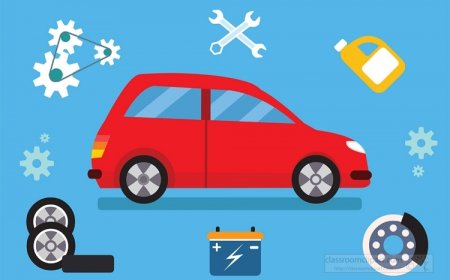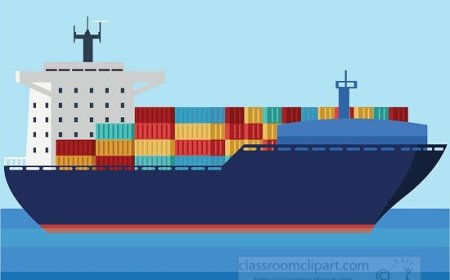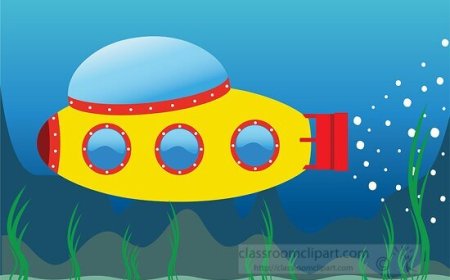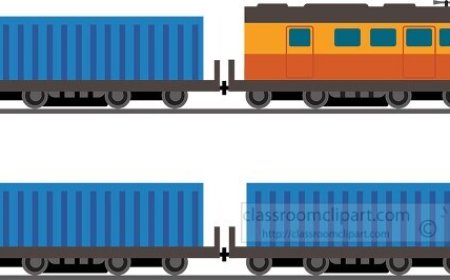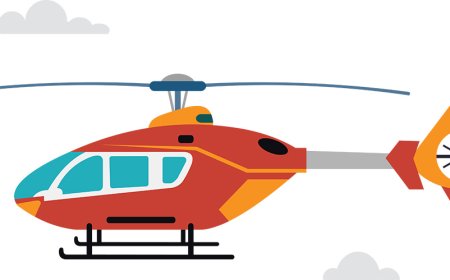What Is a Ferry? Water Transportation Explained for Kids
Learn how ferries work and why they’re used to carry people and cars across water. Fun and educational facts for kids about ferries!
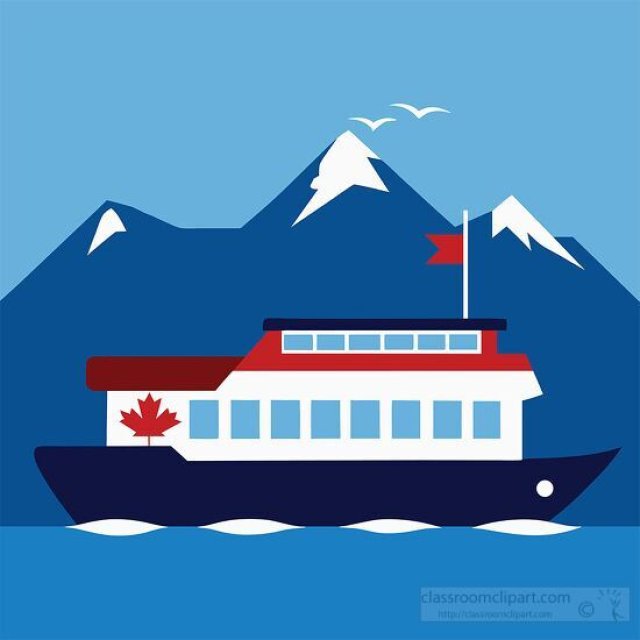
⛴️ Ferry: The Boat That Connects Places and People
Summary:
A ferry is a special kind of boat that carries people, cars, or goods across rivers, lakes, or even oceans. Ferries are an important part of public transportation in many places around the world. In this article, you’ll learn how ferries work, where they are used, and why they are so important for travel and trade.
🧭 What Is a Ferry?
A ferry is a boat or ship that moves people, animals, or vehicles from one place to another across water. Unlike cruise ships or cargo ships, ferries travel short distances—often back and forth on a regular route.
Ferries can be:
- Small boats for passengers only
- Larger boats that carry cars, buses, or even trucks
- Huge vessels that can carry hundreds of people and vehicles at once
Ferries are often part of a city’s transportation system, just like buses or trains.
🌍 Where Are Ferries Used?
Ferries are used all over the world, especially in places where bridges or tunnels are hard to build. They’re very helpful in island areas, coastal cities, or places with big rivers.
Famous Ferry Locations:
- New York City, USA – Staten Island Ferry carries commuters across New York Harbor
- Venice, Italy – Water buses and ferries travel through the city’s canals
- Sydney, Australia – Ferries connect neighborhoods across the harbor
- Hong Kong – Star Ferry links Hong Kong Island and Kowloon
💡 Did You Know? Some ferries even have snack bars, indoor seating, and movie screens for longer trips!
🚗 Ferries That Carry Cars
Some ferries are built with vehicle decks that let cars, motorcycles, and trucks roll on and off. This helps people travel to islands or across water without needing to leave their vehicle behind.
These are called car ferries or vehicle ferries.
- Ramps and gates allow cars to drive on board
- Special workers called deckhands help guide vehicles safely
- When the ferry reaches the other side, the vehicles drive off again
⚙️ How Ferries Work
Ferries are powered by engines and move using propellers. Some ferries are powered by diesel fuel, but new ferries may run on electric power or hybrid engines.
Ferries dock at ferry terminals, which are like water-based bus stations. Passengers get on and off using ramps or walkways.
🌱 Ferries and the Environment
Ferries help the environment by:
- Reducing the need for long car trips
- Carrying many people at once (like buses on water)
- Using electric engines to lower pollution in water and air
Some cities are replacing old diesel ferries with green ferries that use solar power or battery power.
📚 Vocabulary to Know
- Ferry – A boat that carries people, cars, or goods across a body of water
- Terminal – A place where ferries pick up and drop off passengers
- Propeller – A rotating blade that moves a boat forward
- Deckhand – A crew member who helps with loading and safety
- Vehicle ferry – A ferry that carries cars, buses, and trucks
🧠 Think About It!
What would your city or town be like if there were no bridges or ferries? How would people get to school or work?
🧒 Kid-Friendly Summary
A ferry is a boat that helps people and cars get across water. It’s like a floating bus or truck, used in many places around the world. Ferries are important in cities and on islands. They’re fast, useful, and even fun to ride!


















































